AIS fishing net buoys, the wrong way & the right way
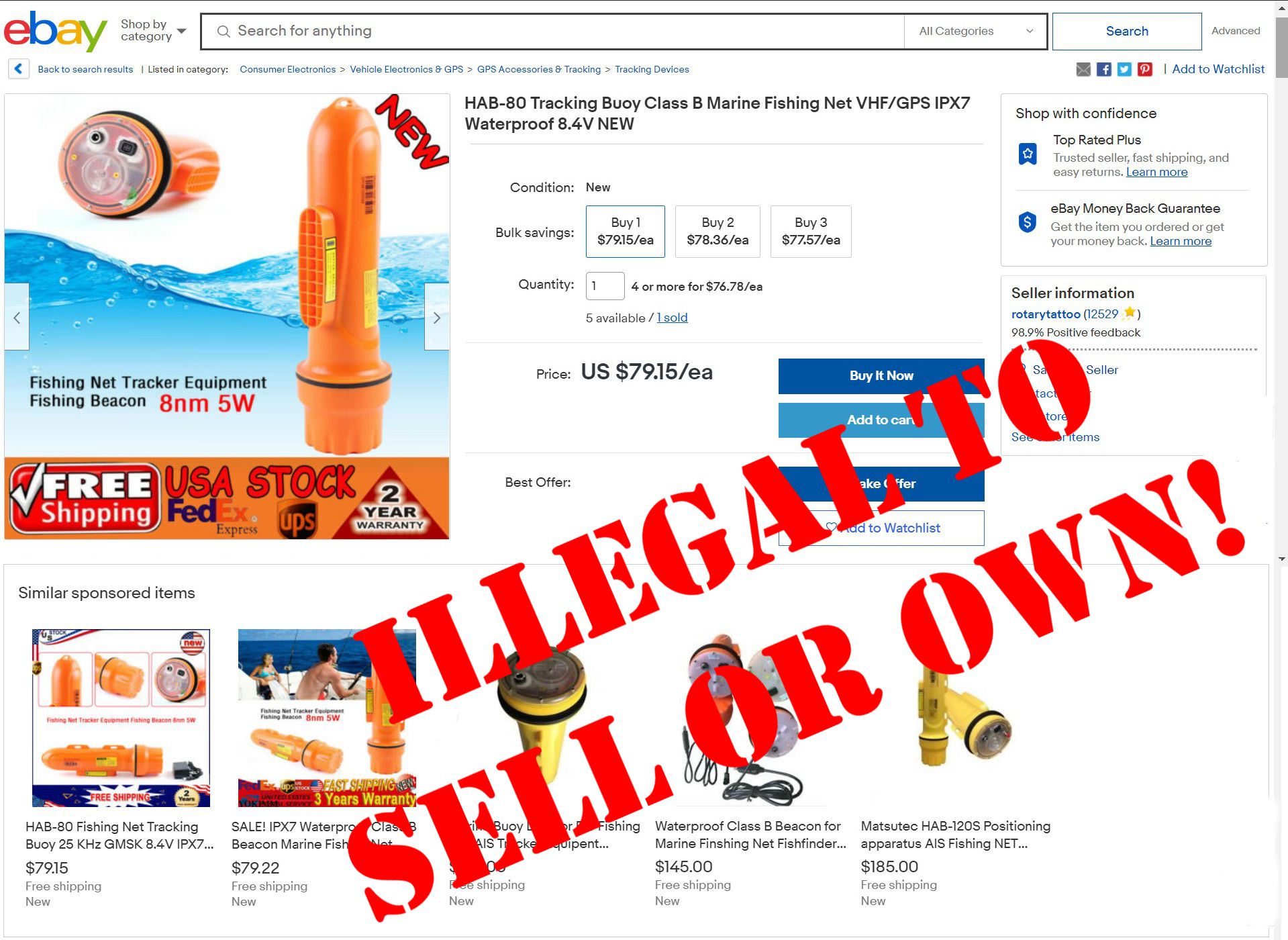
Sorry to report that completely illegal AIS fishing net buoys are still for sale on eBay, and thus there may be strings of them still out in the oceans confusing cruisers and other mariners. I thoroughly understand how AIS buoys could help commercial fishermen protect their assets and income, but these devices look like regular AIS vessel targets while further misusing the technology in ways that can mess up real boat and ship AIS transmissions in the area.
That’s why anyone using the net trackers shown above in U.S. waters — and the sellers, eBay included — could suffer significant FCC fines at any time (perhaps with your help). But then again, apparently U.S. fishermen do not have a legal AIS net buoy alternative like what’s available in Europe and other regions, so lobbying our regulators is also in order.
The issue of AIS net buoys that look like Class B AIS vessels came to my attention in 2018 when Neil Langford detailed his “Dangerous AIS Targets” experience off Cape Hatteras aboard S/V Crystal Blues. And you’ll read that Neil voiced his concerns to the U.S. Coast Guard, who said they were already aware of the problem and that FCC enforcement was in the works. Which happened.
The FCC issued a strongly worded enforcement advisory in late 2018, National Fisherman emphasized the consequences in “Using AIS net buoys? FCC fines up to $19k per day“, and the USCG promised to assist FCC enforcement (along with a likely reference to Langford’s report). But just search eBay for “fishing net AIS”… and it’s also easy to find all the ones without “AIS” in the product title, probably because the seller is quite aware that they’re breaking the law.
If a device claims to transmit on the 161.975 and 162.025 MHz frequencies, it is using the international AIS system even if the product specifications studiously avoid the “AIS” term. Moreover, the designers of tracking buoys like the HAB-80 seem to have attained long battery life by eliminating the two receivers included in every legitimate Class A and B AIS transceiver, and an AIS device that can not listen to nearby AIS vessels also can not transmit in the organized way intended.
So while this company advertises the ITU-R M.1371 AIS standard, their “tracking buoy” is certainly not built to those rigorous rules, let alone tested by an independent lab and certified by authorities like the USCG and FCC. And isn’t all that regulatory control the main reason that a global system of ships, boats, and even navigation aids can all usefully talk to each other over just two VHF frequencies without getting in each other’s way (most of the time)? Plus, searching on the above claimed “EC62287-1” standard suggests it’s a typo, but — damn! — leads to the same and similar illegal AIS net buoys being sold on Amazon and elsewhere.
AIS net buoy the right way
I don’t know if any U.S. fishermen have actually been fined for using illegal AIS net buoys, but I think that taking the risk is understandable, as well explained by SRT CEO Simon Tucker:
The need is first and foremost to stop fishing gear being run over. Why is that important? Because it is the cause of horrendous damage to the marine environment and aquatic life as it gets entangled and kills it, and it causes enormous loss to fishermen and also to those who find all this wrapped around their props and steerage. Secondly, it enables fishermen to more easily find their gear making fishing more efficient.
Tucker also explained to me how SRT modified its certified Express model Type 1 AIS AtoN to serve as a net buoy marker that’s now legal in Europe and other regions, but not in U.S. waters.
So the SRT Buoy-Tracker (available retail as the Em-Trak BT100) is properly designed to politely share the AIS frequencies and appears as a buoy on the AIS screens of nearby vessels. However, the modifications made to better serve the purpose — like how “the fisherman programs it using his vessel MMSI and the program tool automatically creates a unique derivative linked to his vessel” — interfere with its regular Type 1 AtoN approval, and therefore it can only be used with a waiver from regional authorities (like this EU certificate).
I’ll bet that the USCG AIS office that could engineer such a waiver is already on the case (and I’ve asked by email). But this sort of thing can take a lot of time, even in normal times, and in the meantime, cruisers headed north should be on the lookout for AIS weirdness like Crystal Blues experienced.


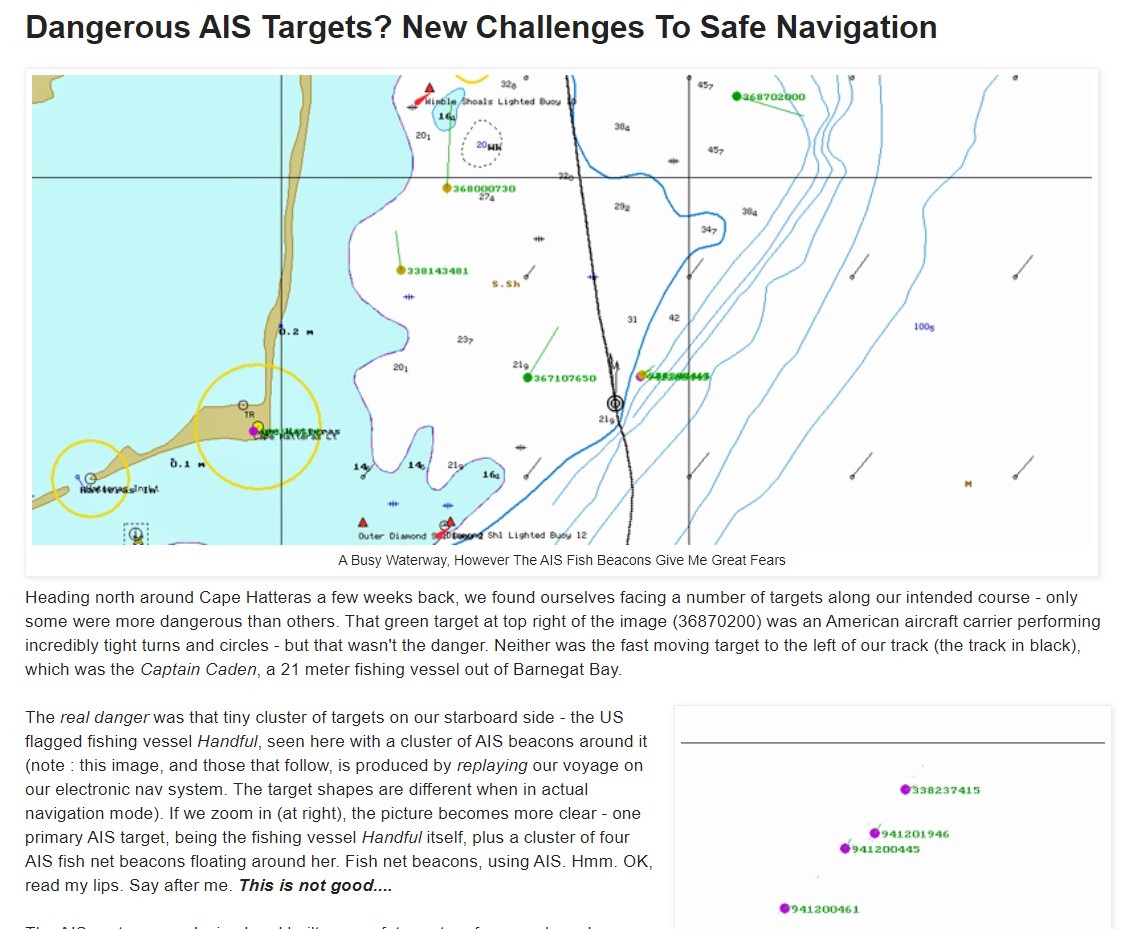

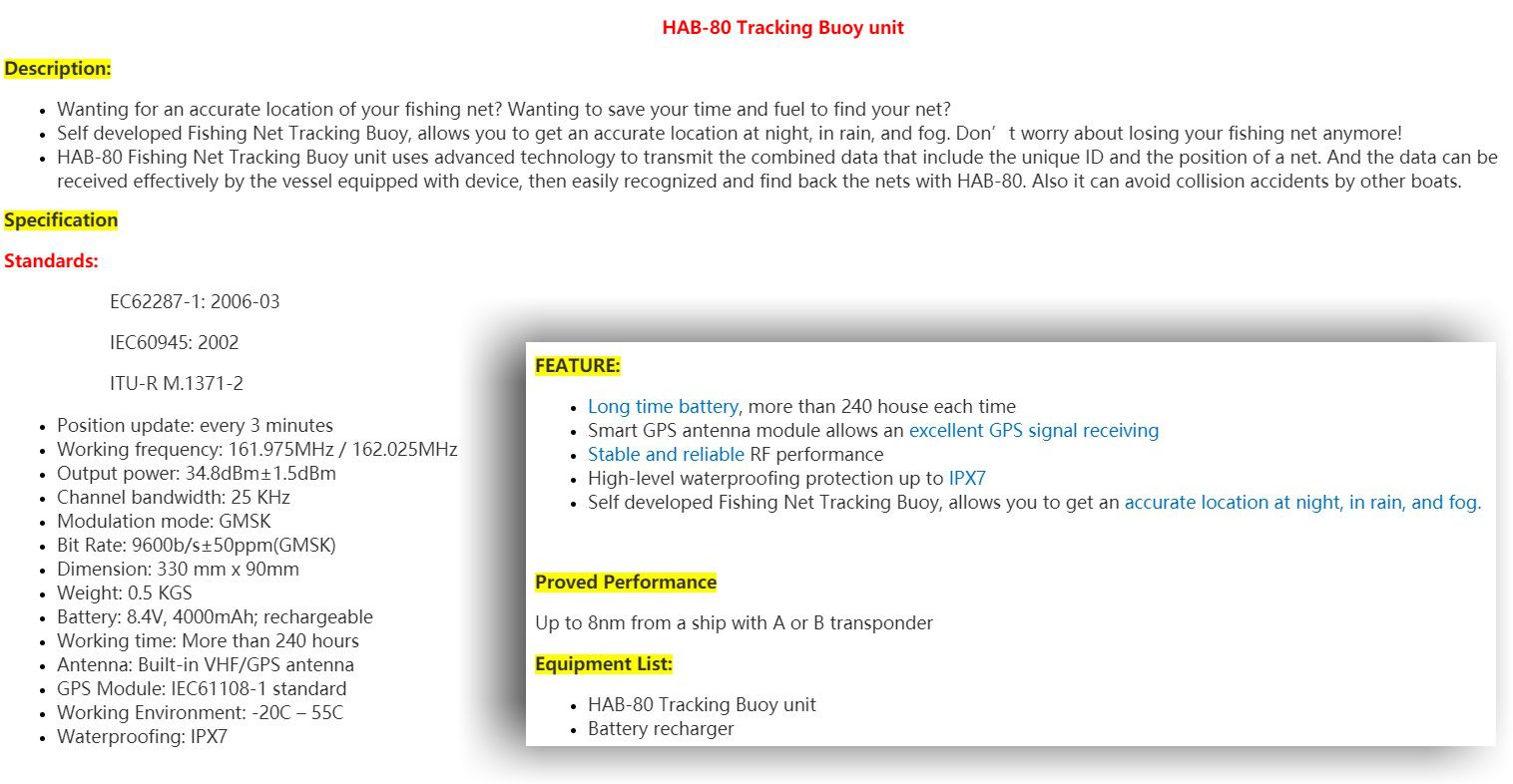
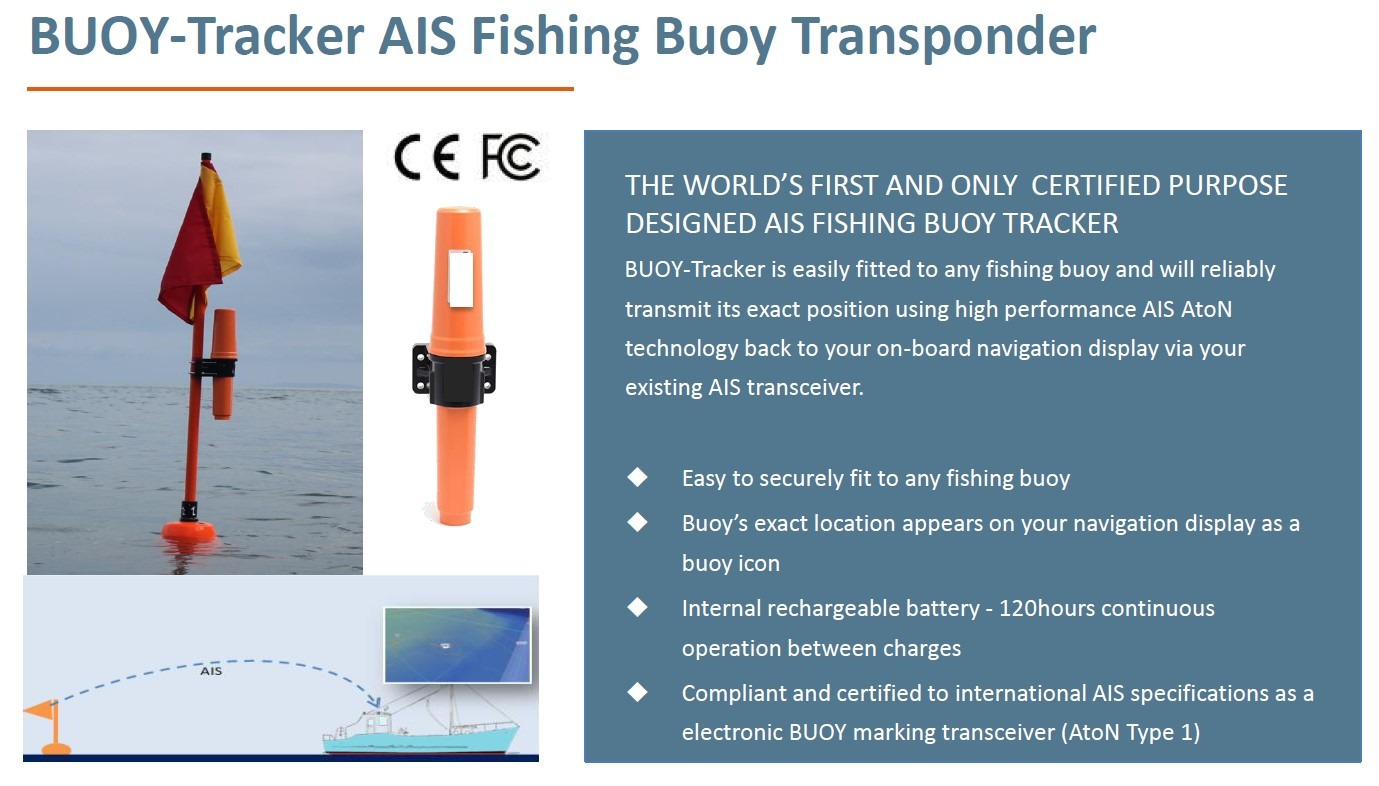
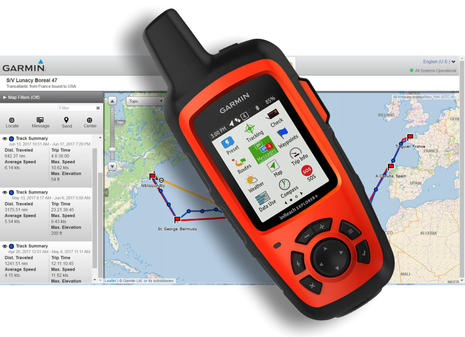

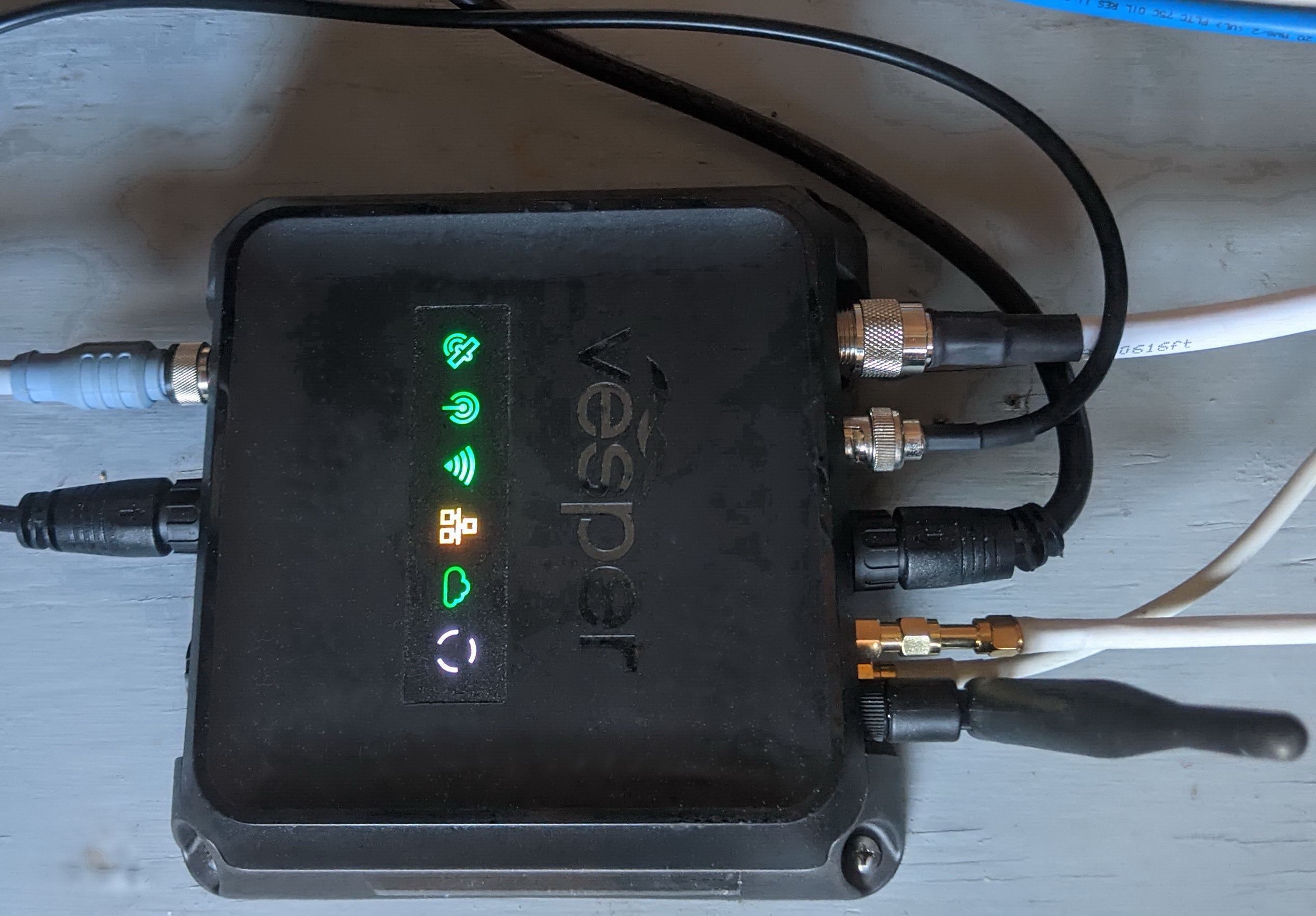
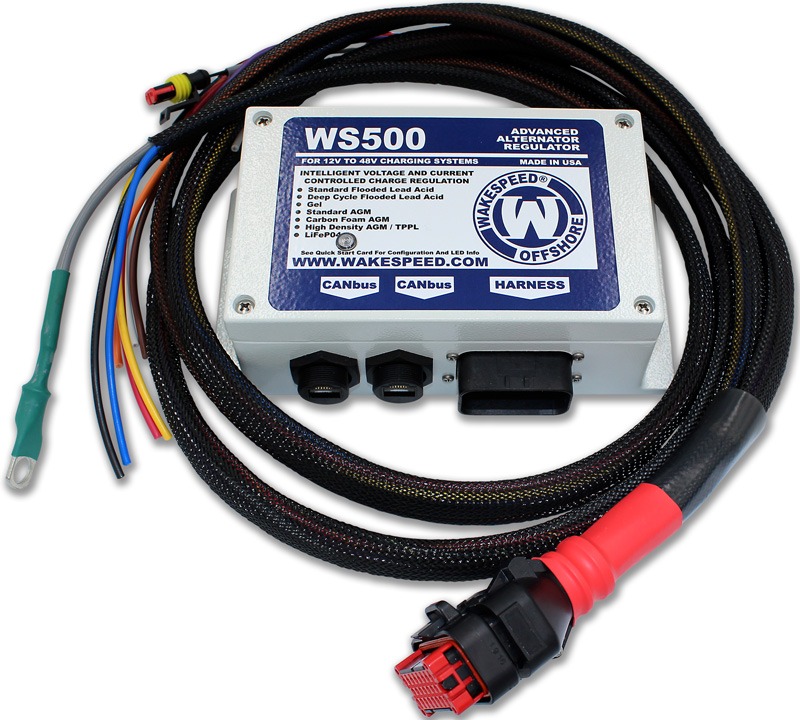








The USCG AIS office tells me that “Waivers would be considered” — meaning, I think, that an individual fisherman could get waived to use the Em-Trak Buoy-Trackers (or similar if there are any similar).
They also said that “We have opened the way for other options, i.e. Mobile AIS AtoN and AMRD Group B device — albeit they’re months or years away from the marketplace.” I don’t think there’s a type specification for a MAtoN yet, though Mobile AIS AtoN certainly sounds like what an effective Net Buoy could be.
Meanwhile, AMRD stands for Autonomous Maritime Radio Device and the proposed Group B type “do not enhance the safety of navigation” and thus could not use the AIS frequencies. This sounds like a safe, approved way for fishermen to track their own net buoys — and possibly many other uses beyond fishing — but not a way to avoid net entanglements with other vessels. Latest ITU document about AMRDs here:
https://www.itu.int/rec/R-REC-M.2135-0-201910-I/en
So I failed to imagine how AMRD could be integrated. Apparently some manufacturers are thinking about AIS transceivers with an AMRD receiver built-in. That should be fairly easy and inexpensive to do, and thus there could be an AMRD standard and market entirely separate from the AIS system while future AIS displays could be able to show AMRD net buoys and similar marks. Cool!
Looks familiar, Ben 🙂 I wonder if the necessity of buying yet another device to use an AIS-similar device for tracking nets (plus the likely MUCH higher cost of such devices) might doom the “legal” route right off the bat? Fishermen are notoriously stingy, and their inclination to obey rules they don’t perceive to be useful to them is markedly low, in my experience. Yes, there are exceptions, but if $79 devices they can use with their already-existing AIS receivers exist with no downside (at least for offshore use), I doubt you’ll see much interest.
Sorry, Hartley, forgot to mention that it was you who spotted the AIS net bouys on eBay. Belated thanks!
I think we agree that a non-AIS device, especially an expensive one, won’t work as it doesn’t help with the entanglement part of the problem. In fact, I believe such systems have been available, though I couldn’t find any.
And the $572 retail price of the Em-Trak Buoy-Tracker that can be waived for legal use is also a problem for some commercial fishing situations, though understandable as a Type 1 AIS AtoN is a complicated device built in small numbers. Hopefully the regulators will come up with a streamlined Mobile AIS AtoN specification eventually.
De Nada, Ben – it’s nice to know y’all are reading my emails:)
I wouldn’t have any issue with these things out on the big ocean – IF – they had useful info in their beacons – i.e., what it is, and the depth, etc. of the net (or whatever). If I knew it was a 30-foot deep longline, I would sail by without a care – if it’s a surface net, I would stay away. Out there, a 10-mile range device probably won’t interfere with the other AIS users (though satellite monitoring might be compromised, and that’s a concern as well) — now if some mutt drops a couple in NY Harbor, we have an issue! Hopefully, the USCG would take action if they did.
I keep running into these off Georgia and South Carolina it seems. If they had what they were with correct info it would make a world of difference. In the middle of the night trying to figure what these ais signals are is not fun!
Is an unknown AIS signal more confusing than a white light bobbing around or an intermittent radar reflection? I would rather know something is there at a greater range. You can use your own experience and judgment to figure out what it is
Samuel, I think thats the point – we associate AIS beacons with actual vessels, and we can look at the data they are transmitting to see whether they are a hazard. Now that we’ve seen these and know what they look like, they are less of a hazard – but they still don’t add much to our awareness of potential hazards. A bobbing little light or intermittent radar reflection tells you the object is small and likely non-hazardous out of it’s immediate area.
Don’t get me wrong – these do indicate there is SOMETHING there, and that’s not all bad – but they could be made a LOT more useful!